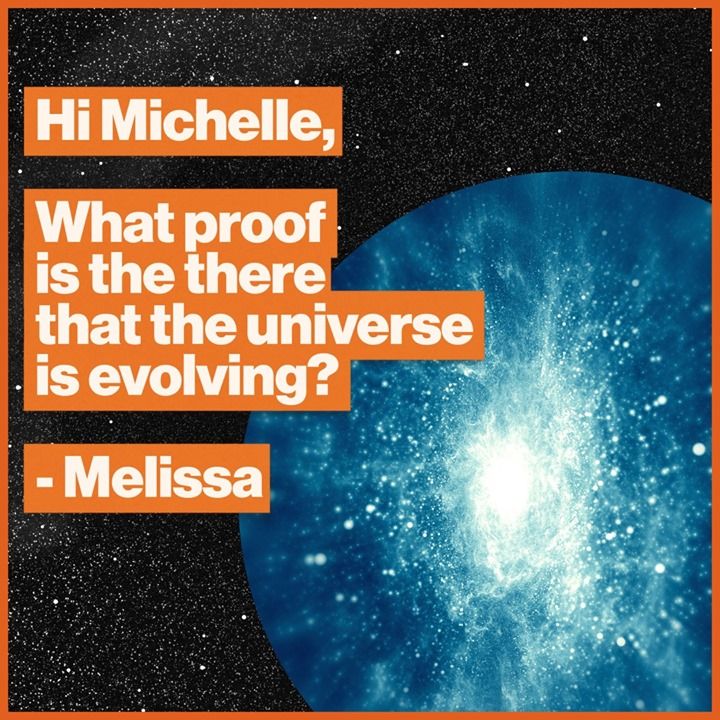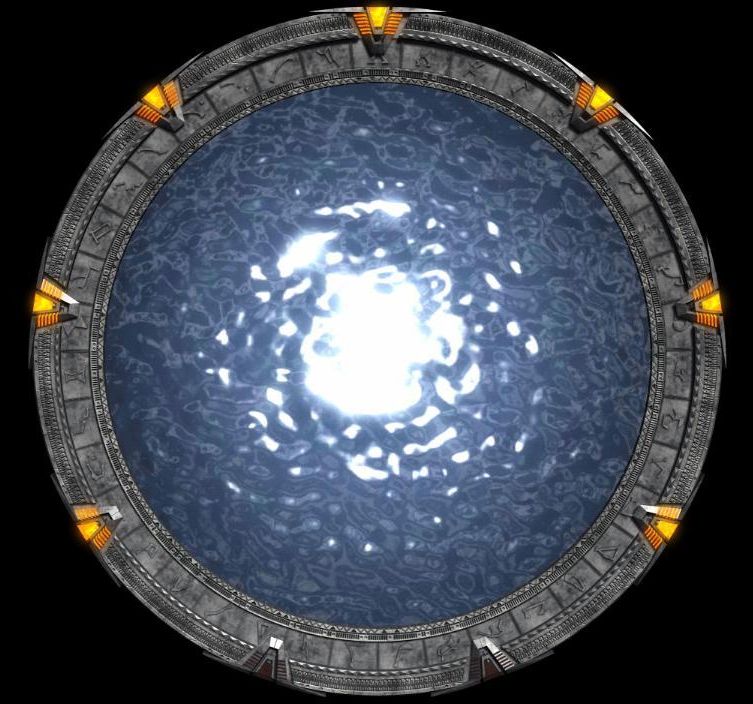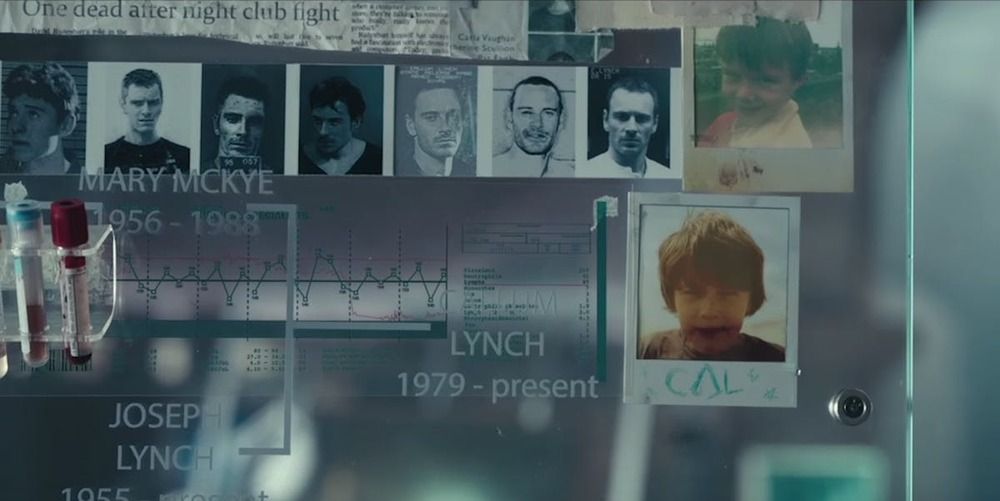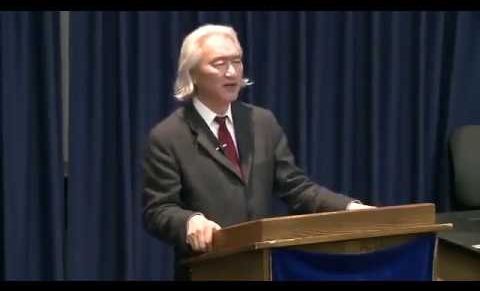Archive for the ‘time travel’ category: Page 18
Jul 5, 2019
DJ MacLennan on his Cryonics book “Frozen to Life”
Posted by Paul Battista in categories: biotech/medical, cryonics, life extension, neuroscience, time travel, transhumanism
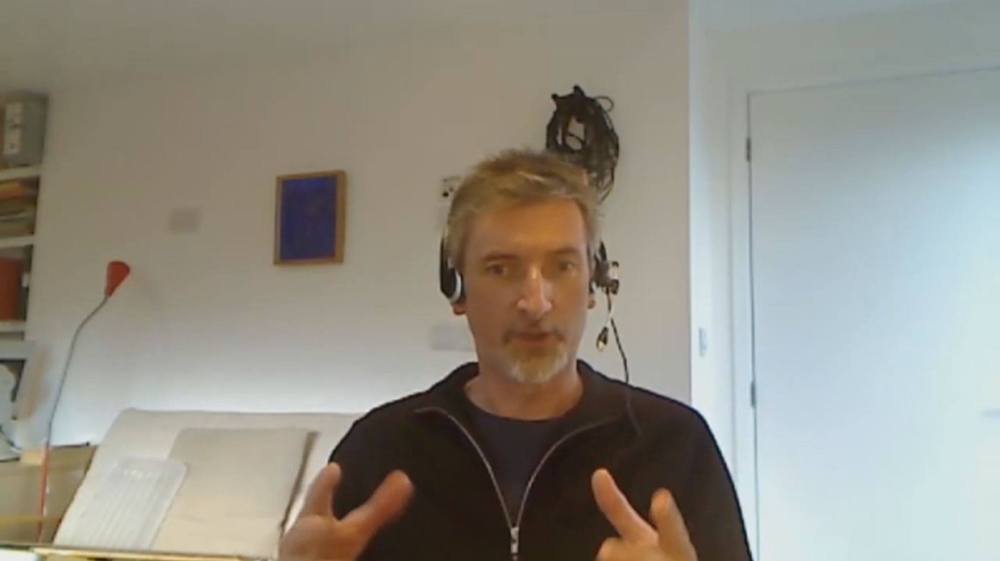
To me cryonics just makes sense. It may not be pretty but, just like open heart surgery, it is one of those things that, without any guarantees, can possibly extend your life [very] substantially. Thus, especially given the alternative, I just can’t quite make sense of the slow rate of adoption evident not only in North America but also across the world. And so I am always happy to discover new books that lay out the scientific argument for cryonics while making it easily digestible and giving it a very personal, human perspective. Since the most recent book, I thoroughly enjoyed on this topic was Frozen to Life: A Personal Mortality Experiment I thought that D.J. MacLennan will make an excellent guest on my podcast. I was not wrong about that.
During our 1 hour conversation with D.j. MacLennan we cover a variety of interesting topics such as: why he decided to write Frozen to Life and who is it for; cryonics as a glass-state time travel; why he chose neuro- rather than full-body preservation; the costs and rate of adoption of cryonics; the culture, conservatism and geography of his home on the Isle of Skye; transhumanism and transcending limitations; the differences between Max More and James Hughes; his fear of death; the promise of chemical brain preservation; mindfulness and meditation; writing a transhumanist take on The Wizard of Oz and potentially on Grim’s Fairy Tales…
As always you can listen to or download the audio file above or scroll down and watch the video interview in full. To show your support you can write a review on iTunes, make a direct donation or become a patron on Patreon.
Jun 10, 2019
This Interactive Timeline Helps Make Sense of Avengers: Endgame’s Time Travel Logic
Posted by Quinn Sena in category: time travel
Time travel is complicated, which means it’s time for some charts.
I’m particularly fond of this one, created by fan Oren Bell. In an elaborate, detailed interactive timeline, Bell explores the various realities created by the actions of the Avengers in Avengers: Endgame, tracing the actions of each protagonist and their impact on the timeline(s). Simply click a character, and you can follow their journey, from the present to the past to the present again.
Jun 7, 2019
How to build a teleportation machine: Teleportation protocol
Posted by Quinn Sena in categories: quantum physics, time travel
I was hoping to post this earlier, but a heavy dose of writer’s block set in (I met a girl, and no, this blog didn’t help — but she is a physicist!) I also got lost in the rabbit hole that is quantum teleportation. My initial intention with this series of posts was simply to clarify common misconceptions and to introduce basic concepts in quantum information. However, while doing so, I started a whirlwind tour of deep questions in physics which become unavoidable as you think harder and deeper about quantum teleportation. I’ve only just begun this journey, but using quantum teleportation as a springboard has already led me to contemplate crazy things such as time-travel via coupling postselection with quantum teleportation and the subtleties of entanglement. In other words, quantum teleportation may not be the instantaneous Stargate style teleportation you had in mind, but it’s incredibly powerful in its own right. Personally, I think we’ve barely begun to understand the full extent of its ramifications.
Jun 1, 2019
I wanted to have a long running post where i will be tracking serious papers about time travel
Posted by Dan Kummer in categories: computing, information science, quantum physics, time travel
Also, loosely following technology that could be used to build a real working time machine. Anyone with an interest in time travel is welcome to participate.
But, I have been watching tech news for what could be used to build a time machine. I think we are pretty close. You’d still need a few physics guys with 150+ IQ’s to work on the equations, a guy with a 200+ IQ to figure out how to put the whole thing together, and a guy with billions of dollars to fund it. But most of this stuff is for sale to the public, (short list):
1. quantum computer; to run the calculations.
May 23, 2019
The Physics of Time: D-Theory of Time & Temporal Mechanics — Instant Bestseller on Amazon | Press Release
Posted by Alex Vikoulov in categories: physics, time travel
Instant Bestseller on Amazon, The Physics of Time is an easy but incredibly profound and in many ways astounding read for those interested in the subjects such as the nature of time, experiential temporality, time travel, the physics of information, and philosophy of time. “Time is a moving image of eternity.” This is the opening quote by Plato to volume 2 of The Science and Philosophy of Information series. And here’s the passage from the book: “Time seems to be moving for us in one direction in a linear, incremental fashion which is not a result of immutable physical laws but rather their probabilistic interpretation — things are said to get messier overtime, to move from more orderly states, towards more entropy, disorderly states. However, a growing number for physicists now regard entropy as a measure of information, [i.e. complexity] not of ”messiness.” https://www.ecstadelic.net/top-stories/the-physics-of-time-d…ss-release #PhysicsofTime #LifeboatFoundation
Ecstadelic Media Group releases a new non-fiction book The Physics of Time: D-Theory of Time & Temporal Mechanics by Alex M. Vikoulov, Antonin Tuynman PhD as a Kindle ebook (Press Release, San Francisco, CA, USA, May 22, 2019 11.00 AM PST)
Feb 8, 2019
‘Assassin’s Creed’ is a Time Traveling Twist on the Mystery of Epigenetic Memory
Posted by Quinn Sena in categories: genetics, time travel
Jan 19, 2019
Why it is dangerous to build ever larger big bang machines
Posted by LHC Kritik in categories: alien life, astronomy, cosmology, energy, engineering, ethics, existential risks, general relativity, governance, gravity, innovation, law, nuclear energy, nuclear weapons, particle physics, philosophy, physics, policy, quantum physics, science, scientific freedom, security, singularity, space travel, supercomputing, theory, time travel
CERN has revealed plans for a gigantic successor of the giant atom smasher LHC, the biggest machine ever built. Particle physicists will never stop to ask for ever larger big bang machines. But where are the limits for the ordinary society concerning costs and existential risks?

CERN boffins are already conducting a mega experiment at the LHC, a 27km circular particle collider, at the cost of several billion Euros to study conditions of matter as it existed fractions of a second after the big bang and to find the smallest particle possible – but the question is how could they ever know? Now, they pretend to be a little bit upset because they could not find any particles beyond the standard model, which means something they would not expect. To achieve that, particle physicists would like to build an even larger “Future Circular Collider” (FCC) near Geneva, where CERN enjoys extraterritorial status, with a ring of 100km – for about 24 billion Euros.
Experts point out that this research could be as limitless as the universe itself. The UK’s former Chief Scientific Advisor, Prof Sir David King told BBC: “We have to draw a line somewhere otherwise we end up with a collider that is so large that it goes around the equator. And if it doesn’t end there perhaps there will be a request for one that goes to the Moon and back.”
“There is always going to be more deep physics to be conducted with larger and larger colliders. My question is to what extent will the knowledge that we already have be extended to benefit humanity?”
Continue reading “Why it is dangerous to build ever larger big bang machines” »
Dec 14, 2018
Doctoral Student Just Published a Paper Describing How Time Travel Would Be Possible
Posted by Shane Hinshaw in categories: cosmology, physics, time travel
And how to build a time machine.
The concept of time travel has always captured the imagination of physicists and laypersons alike. But is it really possible? Of course it is. We’re doing it right now, aren’t we? We are all traveling into the future one second at a time.
But that was not what you were thinking. Can we travel much further into the future? Absolutely.
